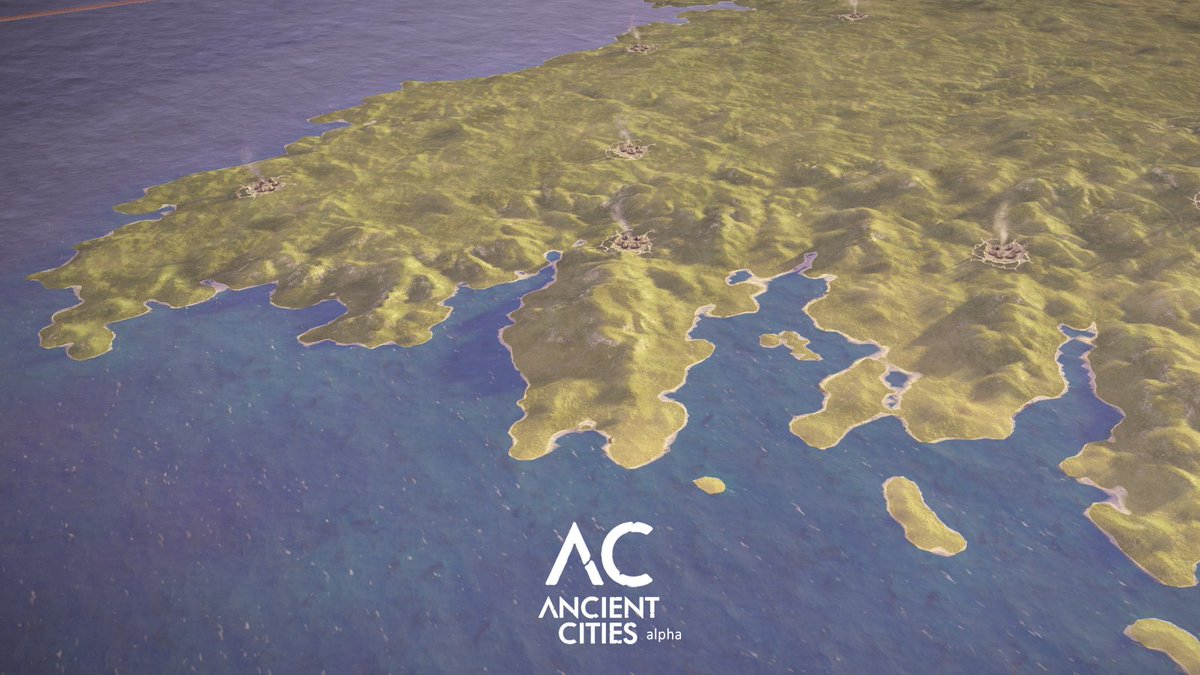

Then, these digital images go through a georeferencing process using specific software that marks out points on the old maps (up to 200, depending on the size of the map) that must connect with the same points on modern maps, made by satellite images. First, the original historical drawings are digitized using high-resolution cameras. The process of incorporating old maps onto Google Maps and Earth is relatively simple. Furthermore, it reveals valuable data regarding urbanization in the world - former rural regions were transformed into cities, while older urban centers have shown significant population growth and territorial expansion since the 19th century. The comparison between Google's images and the historical maps is provided by a cursor that allows you to change the maps' level of transparency and reveals interesting information about the evolution of the planet's geographical representations, which have gained unprecedented precision and definition over the course of time. Save this picture! Cortesia de David Rumsey Map Collection In general, the earlier maps match up almost perfectly with the true geography they are intended to represent, however, the older ones often show misinterpretations of geographical outlines and, for this reason, have undergone greater distortions to better fit into both Earth and Maps. Each map has been georeferenced, so it is possible to navigate the globe and see the old maps overlapped and adjusted to the satellite images. The maps cover the period between 16 and, in addition to the cartographic drawings, contain information about the history of the site.


More than 120 old maps from the David Rumsey Map Collection were inserted in Google Maps and Google Earth, allowing us to learn how several parts of the globe were in the past.


 0 kommentar(er)
0 kommentar(er)
